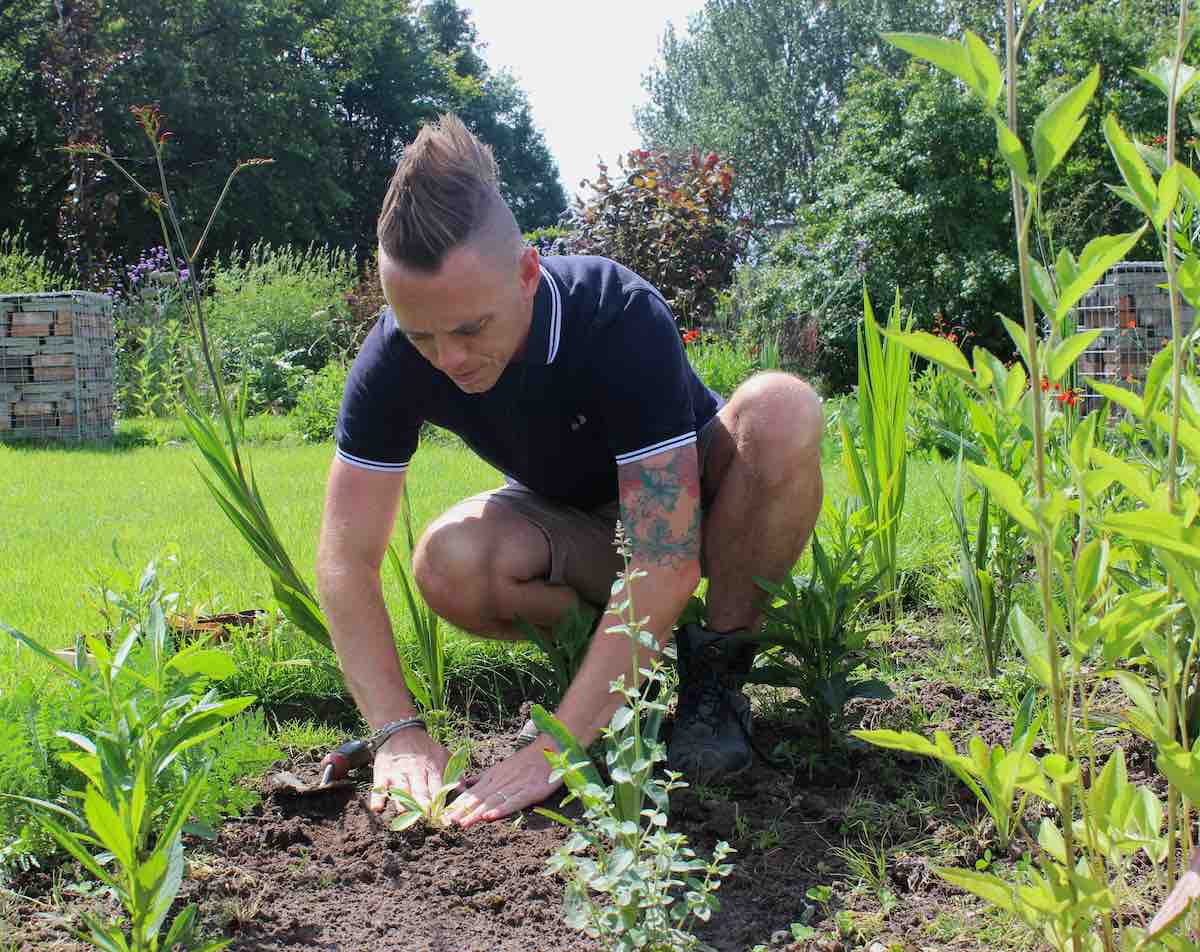Hi @elle90
Thanks for this question over why your cauliflower head is turning yellow.
The quick answer is excess exposure to the sun or extreme heat which in the UK we’ve had a recent spell of. It causes the head to turn yellow. But they’re fine to eat and harvest so don’t panic!
Heres some more tips for growing cauliflowers at home including soil and nutrient requirements.
Cauliflower is a cool-season vegetable that requires specific growing conditions to thrive but don’t let that put you off. They are relatively easy to grow.
Here are the best conditions for growing cauliflower:
1. Temperature: Cauliflower prefers cool temperatures between 60°F (15°C) and 70°F (21°C). It can tolerate temperatures as low as 50°F (10°C) but can suffer from heat stress above 80°F (27°C). It is essential to choose the appropriate time for planting based on your climate. Heat stress can cause then to bolt.
2. Sunlight: Cauliflower requires full sun exposure for at least 6 hours a day. Ensure that the growing area receives ample sunlight to promote healthy growth and development. But excess heat and sun such as a heat wave can cause the head to turn yellow or dark brown if scorched.
3. Soil: The soil should be fertile, well-draining, and rich in organic matter. (Doesn’t every plant want that!!) Ideally, the pH level should be between 6.0 and 7.0. Prior to planting, amend the soil with compost or well-rotted manure to improve its structure and nutrient content. Cauliflower works really well with no dig gardening
4. Watering: Cauliflower needs consistent moisture throughout its growth cycle. Water deeply to keep the soil evenly moist, but avoid overwatering, as it can lead to disease problems. Aim for 1 to 1.5 inches of water per week, either through rainfall or supplemental irrigation.
5. Nutrients: Cauliflower is a heavy feeder and requires a steady supply of nutrients. Prior to planting, incorporate a balanced fertilizer into the soil. Side-dress the plants with a nitrogen-rich fertilizer once they start forming heads.
https://youtu.be/5BhGtCjT2TQ
6. Spacing: Give each cauliflower plant enough space for proper growth. Space them about 18 to 24 inches apart in rows with 2 to 3 feet between rows. They can grow big!!!
7. Mulching: Apply a layer of organic mulch around the plants to conserve moisture, suppress weed growth, and maintain a more consistent soil temperature. Peat free compost or leaf mould are best
8. Pests and Diseases: Keep an eye out for common pests like aphids, cabbage worms, and slugs. Monitor your plants regularly and take appropriate measures, such as using organic insecticides like washing up liquid mixed with water or employing companion planting strategies to deter pests. Additionally, practice crop rotation and provide adequate air circulation to minimize the risk of fungal diseases. Mildew and congestion are the biggest causes of cauliflower ailments
I hope that helps!
Lee
Hi @elle90
Thanks for this question over why your cauliflower head is turning yellow.
The quick answer is excess exposure to the sun or extreme heat which in the UK we’ve had a recent spell of. It causes the head to turn yellow. But they’re fine to eat and harvest so don’t panic!
Heres some more tips for growing cauliflowers at home including soil and nutrient requirements.
Cauliflower is a cool-season vegetable that requires specific growing conditions to thrive but don’t let that put you off. They are relatively easy to grow.
Here are the best conditions for growing cauliflower:
1. Temperature: Cauliflower prefers cool temperatures between 60°F (15°C) and 70°F (21°C). It can tolerate temperatures as low as 50°F (10°C) but can suffer from heat stress above 80°F (27°C). It is essential to choose the appropriate time for planting based on your climate. Heat stress can cause then to bolt.
2. Sunlight: Cauliflower requires full sun exposure for at least 6 hours a day. Ensure that the growing area receives ample sunlight to promote healthy growth and development. But excess heat and sun such as a heat wave can cause the head to turn yellow or dark brown if scorched.
3. Soil: The soil should be fertile, well-draining, and rich in organic matter. (Doesn’t every plant want that!!) Ideally, the pH level should be between 6.0 and 7.0. Prior to planting, amend the soil with compost or well-rotted manure to improve its structure and nutrient content. Cauliflower works really well with no dig gardening
4. Watering: Cauliflower needs consistent moisture throughout its growth cycle. Water deeply to keep the soil evenly moist, but avoid overwatering, as it can lead to disease problems. Aim for 1 to 1.5 inches of water per week, either through rainfall or supplemental irrigation.
5. Nutrients: Cauliflower is a heavy feeder and requires a steady supply of nutrients. Prior to planting, incorporate a balanced fertilizer into the soil. Side-dress the plants with a nitrogen-rich fertilizer once they start forming heads.
6. Spacing: Give each cauliflower plant enough space for proper growth. Space them about 18 to 24 inches apart in rows with 2 to 3 feet between rows. They can grow big!!!
7. Mulching: Apply a layer of organic mulch around the plants to conserve moisture, suppress weed growth, and maintain a more consistent soil temperature. Peat free compost or leaf mould are best
8. Pests and Diseases: Keep an eye out for common pests like aphids, cabbage worms, and slugs. Monitor your plants regularly and take appropriate measures, such as using organic insecticides like washing up liquid mixed with water or employing companion planting strategies to deter pests. Additionally, practice crop rotation and provide adequate air circulation to minimize the risk of fungal diseases. Mildew and congestion are the biggest causes of cauliflower ailments
I hope that helps!
Lee
 Lee Burkhill: Award Winning Designer & BBC 1's Garden Rescue Presenters Official Blog
Lee Burkhill: Award Winning Designer & BBC 1's Garden Rescue Presenters Official Blog



